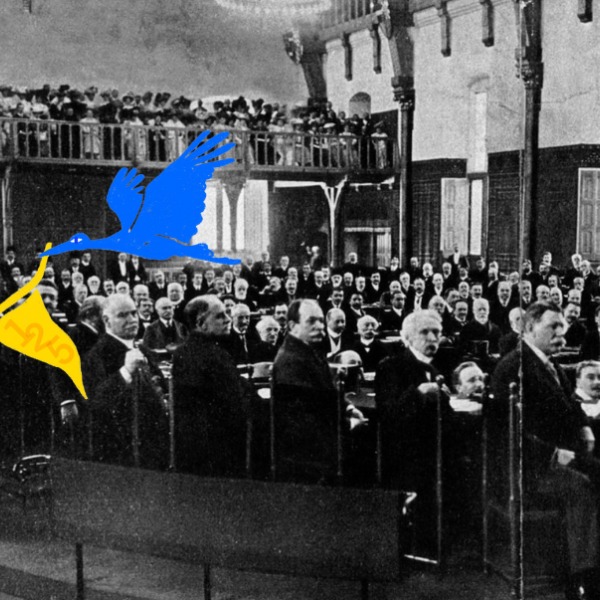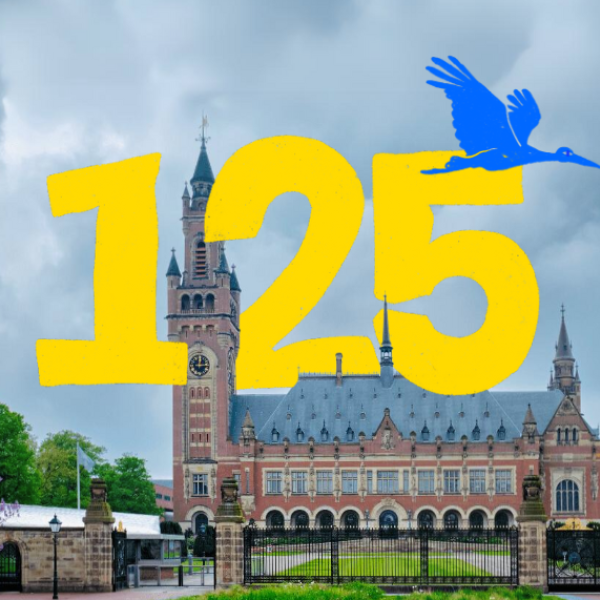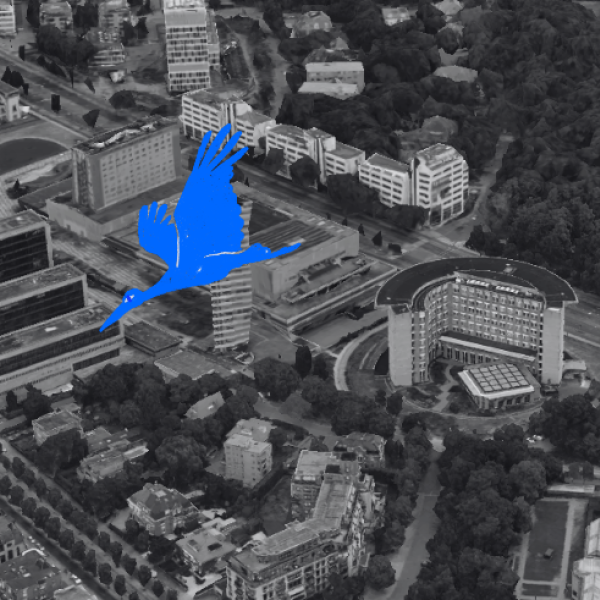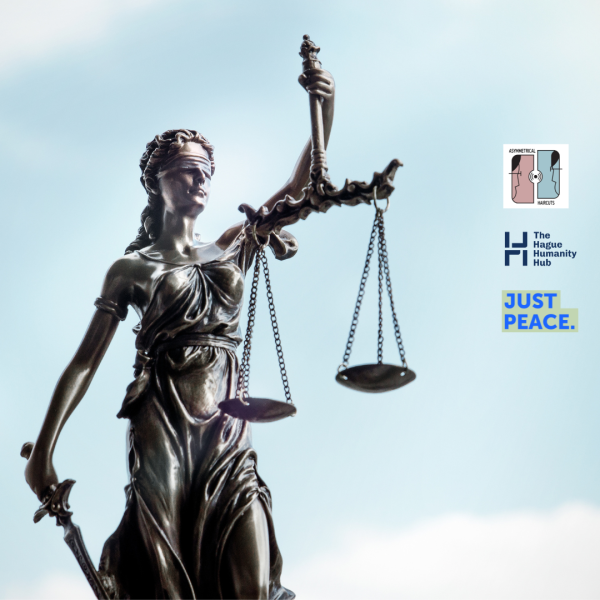From Words to Action: How The Hague Became the City of Peace and Justice
In a city where people of more than 180 nationalities congregate and live, and where nearly 500 international organizations are based today, it is pretty self-evident that The Hague bears the title of Peace and Justice. But how did it come to be so? And to what does the city owe its well-deserved title. In eight short stories Just Peace (in cooperation with the municipality of The Hague) takes you through the history, present and future of the City of Peace and Justice.

On July 29, 1899 the first Hague Peace Conference came to a close. While no conclusion was stuck on disarmament, which ahead of the conference was seen as the most pressing issue, three treaties and three declarations were signed. These treaties and declarations are known as The Final Act of the Conference and were signed during the closing ceremony on 29 July. Undeniably the most important result of the First Hague Peace Conference was the establishment of the Permanent Court of Arbitration (PCA) through the Convention for the Pacific Settlement of International Disputes.
The First Treaty
The creation of the Permanent Court of Arbitration (PCA) was sketched out in the first treaty, also called the “Convention for the Pacific Settlement of International Disputes.” The treaty concerned the peaceful resolution of international disputes through arbitration and was immediately recognised as the most important treaty of the peace conference. Put more simply, arbitration is the legal process of solving an argument between different groups, organisations or people till a mutually agreed upon solution is reached. The establishment of the PCA was so significant because it was the first international court in the world to resolve conflicts between countries peacefully and voluntarily through arbitration.
What is arbitration?
Arbitration is an alternative to court proceedings. Arbitration is a way to resolve a conflict without going to court. Here experts from a particular industry (for example, construction experts) make a ruling on the conflict.
The Court was at forefront to modern international law and contributed to setting an international standard for peaceful solutions between countries. The Peace Palace in The Hague would be built for the Permanent Court of Arbitration and the Court is continues to be housed within it’s walls today!

The Second and Third Treaty
The Second treaty of the conference was called the “Convention respecting the Law and Customs of War on Land” and the Third is the “Convention on the adaptation to maritime warfare of the principles of the Geneva Conventions on 22 August 1864.” As suggested by their names, these two additional treaties traced the rules of warfare on land and the neutrality of maritime trade, or sea-related trade. More specifically the treaties created rules for the treatment of prisoners of war, the protection of civilians during wartime, and other aspects of humanitarian law. Humanitarian law being the rules which protect people who are not or no longer participating in wars or conflicts, in other words innocent bystanders.
Did you know...
The Peace Palace in The Hague was built specifically for the Permanent Court of Arbitration and the Court is still housed within those same walls today?
In the declarations agreements were reached on the use of specific weapons, particularly chemical weapons. However, because not all countries could agree on the terms of the use of these weapons, the declarations were only valid for five years.
The conference came to a close and the general resolution reached was that:
“The Conference is of opinion that the restrictions of military charges, which are at present a heavy burden on the world, is extremely desirable for the increase of the material and moral welfare of mankind.”
In summary, the attendees of the conference unanimously agreed that reducing military spending and resources internationally would be physically and morally beneficial to the well-being of all.
The First Peace Conference and The Hague
The First Hague Peace Conference set the stage for The Hague as the international city of Peace and City and its role as an important centre for diplomacy and international law. The momentum of this international peace-building energy was not immediately lost, with the Second Hague Peace Conference taking place in 1907. Besides its immediate and concrete results the conference marked a significant change and created the mould for the future of international relations. It set the present for peaceful negotiation and discussion.
Moreover, in the 125 years since, numerous international organizations, courts, tribunals, non-governmental organizations, agencies and knowledge institutes have established themselves here in The Hague. As a result, the city has grown into the vibrant and unique, international city of Peace and Justice.
Want to learn more about The Hague's history as the International City of Peace and Justice? Follow this series directly on the Just Peace website or on our Instagram @justpeacethehague. Next edition, learn more about who the Second Hague Peace Conference!













